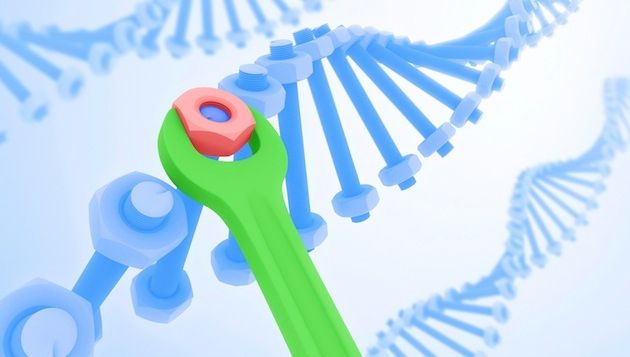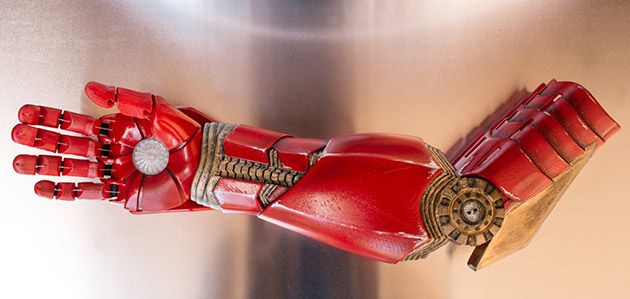By David Cyranoski — Scientific American
In a Comment published on March 12 in Nature, Edward Lanphier, chairman of the Alliance for Regenerative Medicine in Washington DC, and four co-authors call on scientists to agree not to modify human embryos — even for research.
“Such research could be exploited for non-therapeutic modifications. We are concerned that a public outcry about such an ethical breach could hinder a promising area of therapeutic development,” write Lanphier and his colleagues, who include Fyodor Urnov, a pioneer in gene-editing techniques and scientist at Sangamo BioSciences in Richmond, California. Many groups, including Urnov’s company, are already using gene-editing tools to develop therapies that correct genetic defects in people (such as by editing white blood cells). They fear that attempts to produce ‘designer babies’ by applying the methods to embryos will create a backlash against all use of the technology.Read more








